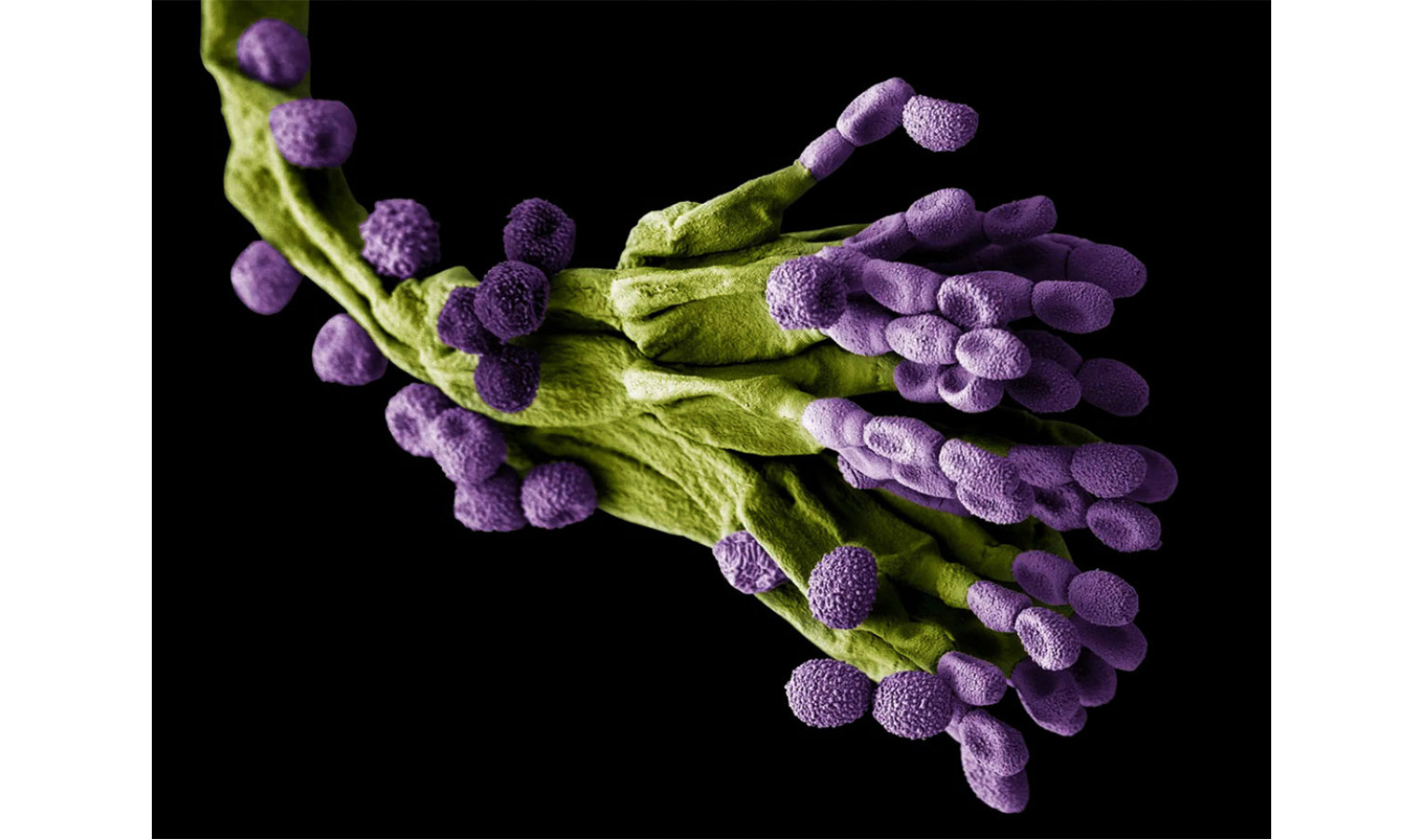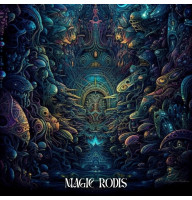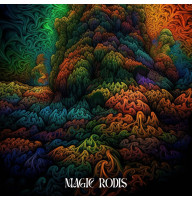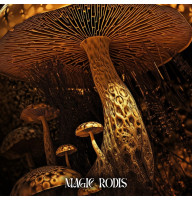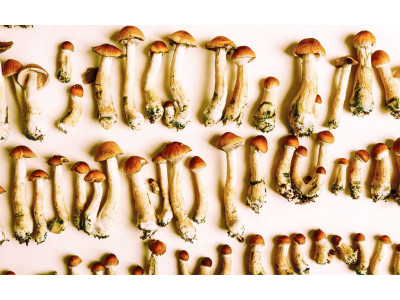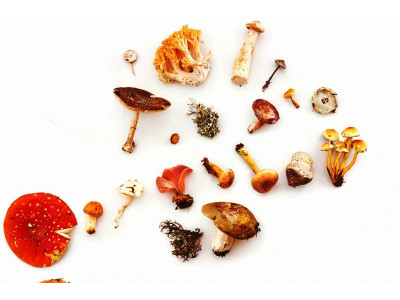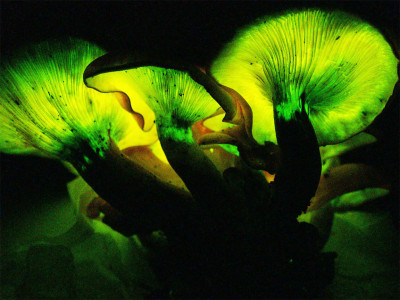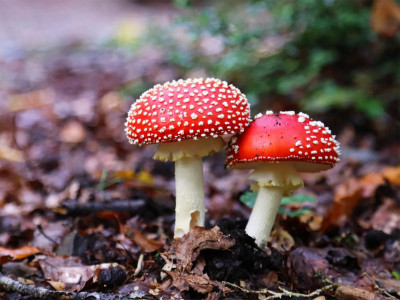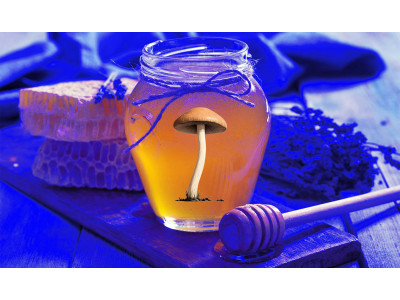Penicillus means "little brush" in Latin, and if Penicillium is a brush, then the whole world is its canvas. This mold is found everywhere. The tips of the brush produce sprays of tiny spores that are easily transported by air and cover almost the entire globe, not just indoors. There are sixteen species of Penicillium that can be found regularly in your home and many other places. The most common of them is "Penicillium chrysogenum". Let's take a closer look at it.
Penicillium chrysogenum mushroom
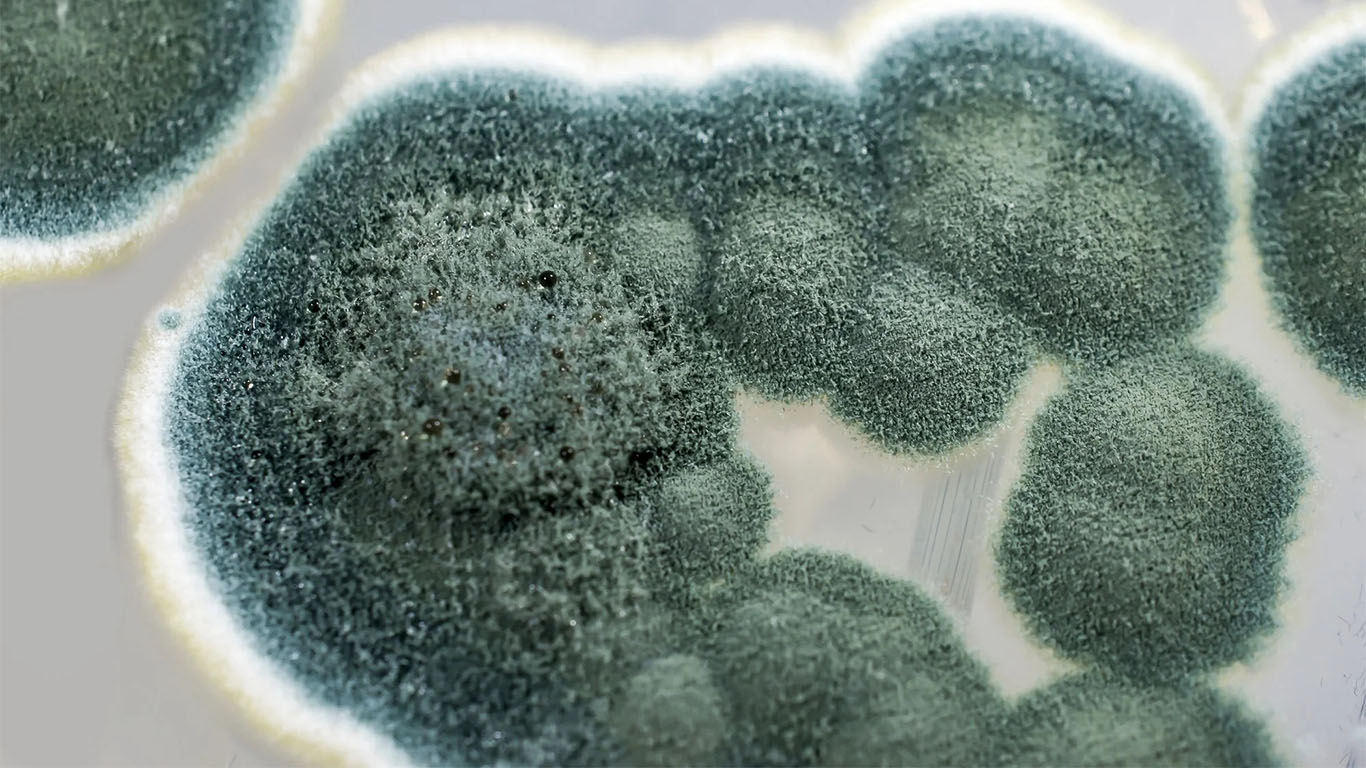
The Penicillium chrysogenum mushroom is the source of the antibiotic penicillin. It was from this species that the Scottish bacteriologist Alexander Fleming originally discovered the antibiotic, although in 1928, at the time of Fleming's discovery, the strain was called P. notatum. P. chrysogenum is also a common contaminant of food and indoor environments, where its presence on surfaces or in the air can adversely affect human health.
In addition to penicillin, P. chrysogenum produces other substances. Among them are a yellow pigment known as chrysogin and an antibiotic known as xanthocillin.
History of penicillin discovery
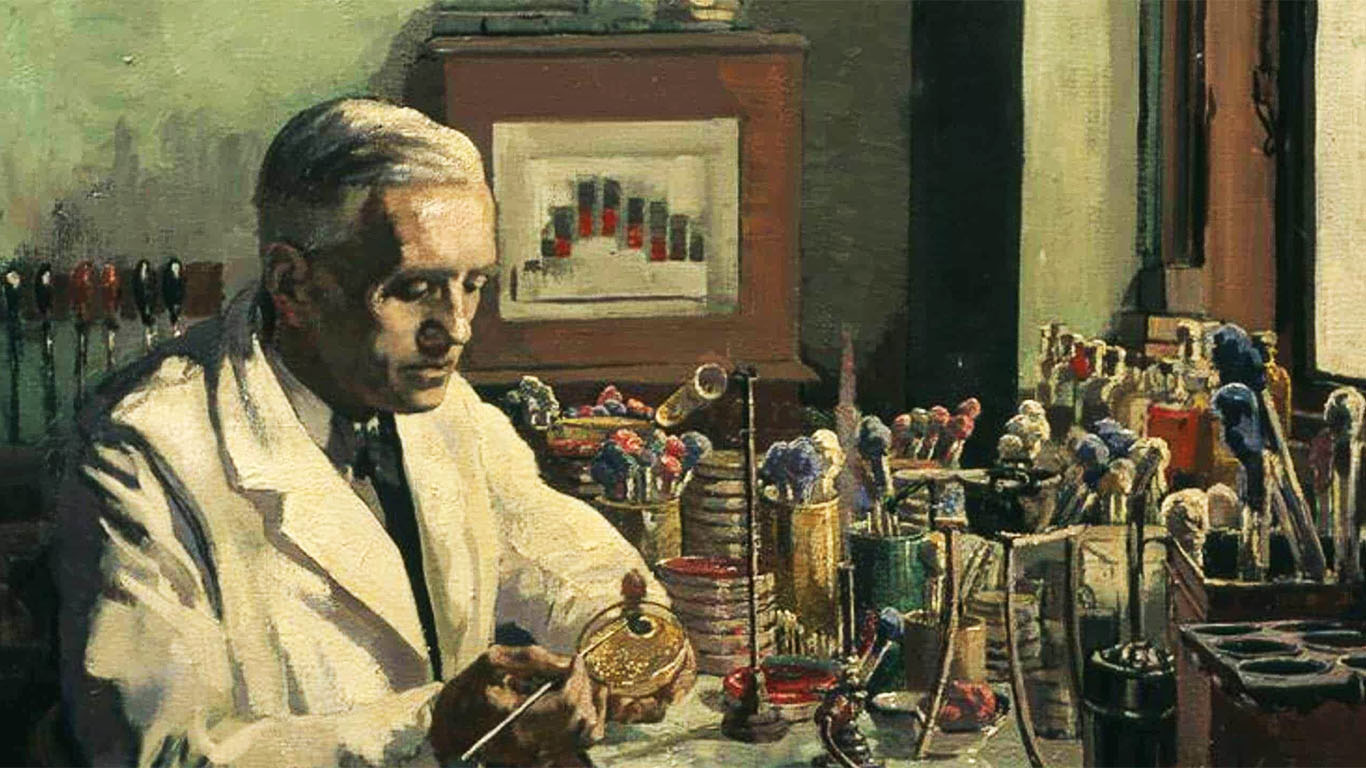
The story of penicillin begins like this. Once upon a time, Alexander Fleming, a Scottish bacteriologist, was cleaning the laboratory when he returned to work after a vacation. During his absence, many of the bacterial cultures had been contaminated by foreign matter from the environment. In one of the cultures, he noticed that the contaminant was inhibiting the growth of the bacterium he was trying to grow. This (in this case, a desirable) offender was the fungus Penicillium, and the antibiotic compound, later named penicillin, thanks to the work of other scientists such as Howard Florey, Ernst Cheyne and Norman Heatley, became a lifesaving medicine.
It is now known that the original strain of Fleming's fungus is Penicillium rubens, a close relative of P. chrysogenum, both of which produce the drug.
Structure and other types of Penicillium
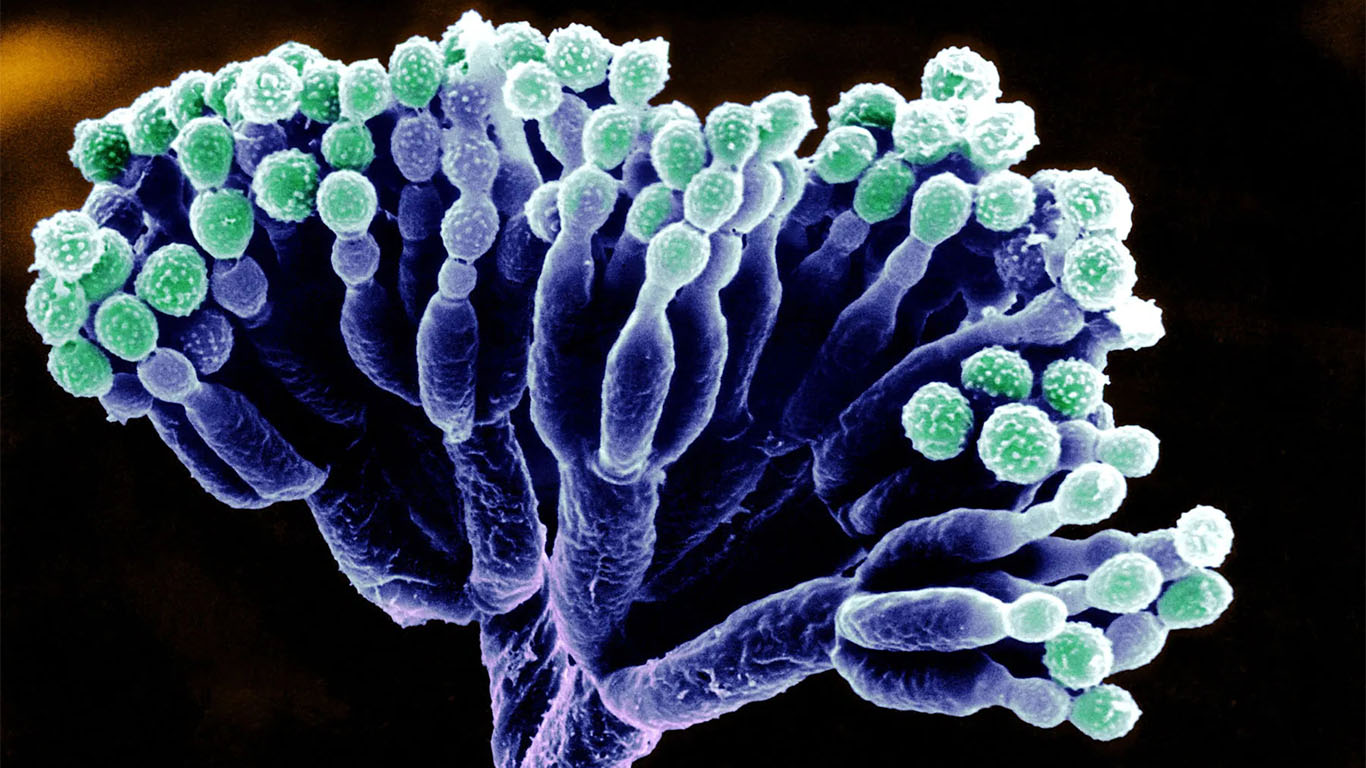
Penicillium chrysogenum and other Penicillium species grow very well in culture, the traditional way to track present but invisible fungal spores. The large spores germinate easily, and once they start growing, they grow quickly. These features helped us - or rather, Alexander Fleming - to identify the second remarkable feature of this fungus: its antibiotic properties.
Nature and use of Penicillium chrysogenum
The genus Penicillium includes more than 250 ubiquitous filamentous fungi. Some of them are causative agents of allergies and opportunistic infections. They are easily recognizable as blue-green molds. Penicillium species are fungi that live both outdoors and indoors, but they are mostly indoor fungi. They are used in the food industry for the production of blue mold cheese, commercially as enzymes, and in the pharmaceutical industry for the production of compounds against bacteria, fungi and viruses, and anti-cancer compounds. Penicillium chrysogenum is the most important and well-known species due to its use in the production of penicillin.
Airborne Penicillium spores consist of asexual conidia, which are the main allergenic component of the airborne fungal mass, and ascospores, which are formed as a result of sexual reproduction.
Penicillium as a plant growth promoting fungus
The ascomycetous fungus Penicillium is a genus that is important in the environment for the production of food and medicine. The antibiotic penicillin is produced by Penicillium and limits the spread of a number of bacteria within the human body. Penicillium is an anamorphic genus and phylogenetically belongs to the Trichocomaceae. The teleomorph of Penicillium is Talaromyces. According to some reports, Penicillium interacts with the roots of cultivated plants and enhances their growth. This fungus secretes plant hormones, indole-3-acetic acid (IAA) and gibberellins (GA), and is also involved in phosphate solubilization.
Habitat
Sources of Penicillium include rotting vegetables and food, dead plants, and moldy wood. They are usually found near organic materials or in humid environments, but some can survive in a lack of water.
Conclusion
Many fungi produce compounds that can be deadly to bacteria, the fungi's main competitor for food and a place to live. In fact, fungi produce many compounds that are harmful to other organisms - compounds known as mycotoxins. For example, Penicillium griseofulvum produces the drug griseofulvin, which is used to fight another fungus that causes ringworm.
Amatoxins found in Amanita fungi can cause stomach upset and even death in humans. Penicillin is only one of many classes of antibiotics produced by fungi. We can use it because it is not too toxic for use in human therapy.
Usually only one of these features of P. chrysogenum - drug making - is considered beneficial to mankind, but we believe this is not the case. The main role of P. chrysogenum in nature is to break down organic materials, breaking down products into their basic elements.

